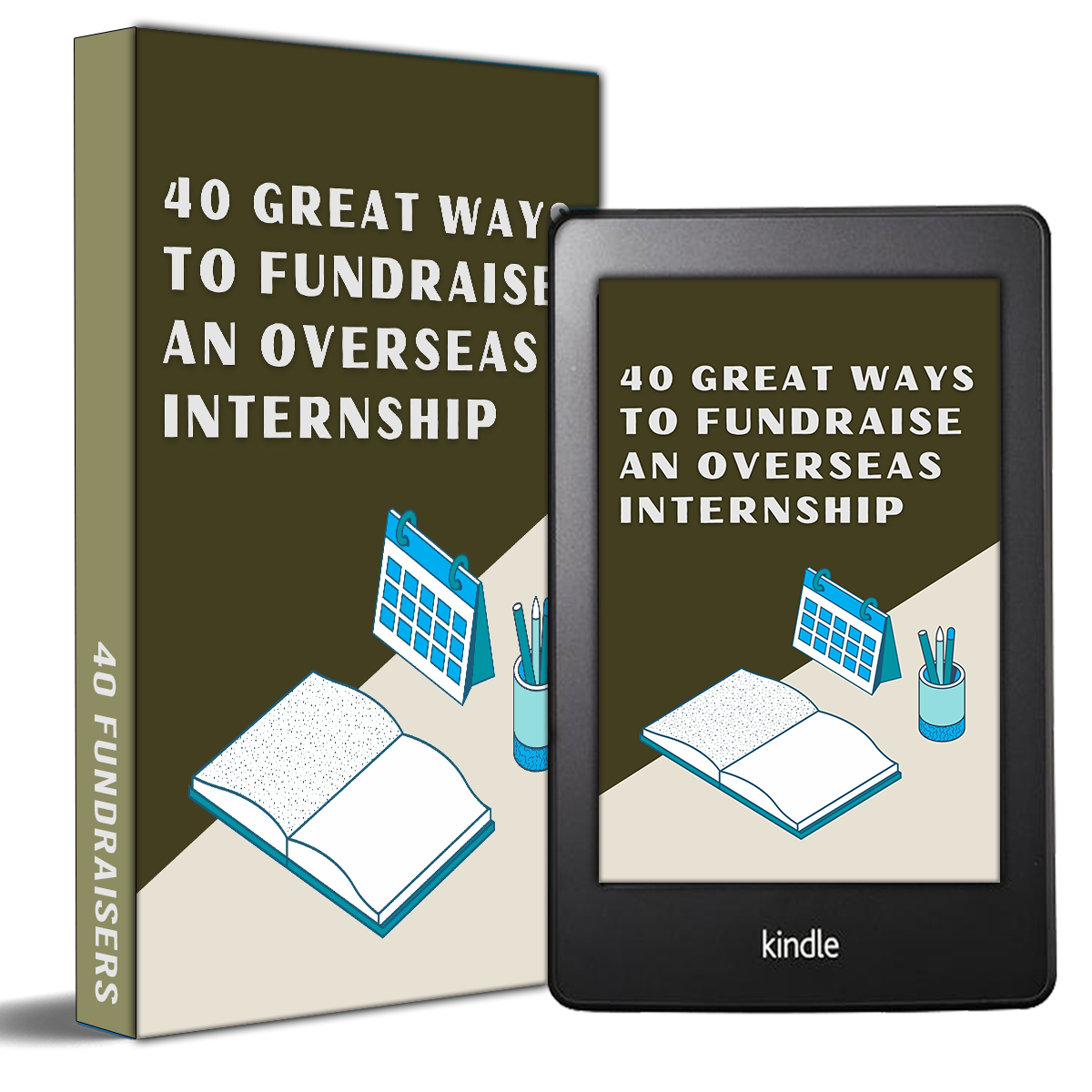
The art of pitching an article to a magazine
As a freelance travel writer, your first priority is to write irresistible stories. Your second priority is to convince magazine editors that your story is, indeed, irresistible. Freelancers are in charge of their own time and income. It’s both a challenging and rewarding career. That’s why being able to write a great pitch or query letter to an editor is a vital skill to have as a travel journalist. Here’s some insight into mastering the art of pitching an article to a magazine in the world of travel writing.
Option 1: Pitch before you write
Some publications accept idea pitches before the article is actually written. In other words, you can plan the story and conduct some research, then compile a short pitch for it. If the magazine likes your story idea, they’ll agree to publish it (with certain conditions). You’ll then get the go-ahead to write it. Before you try this method, make sure that the magazine does accept story ideas and not exclusively full articles.
Option 2: Pitch after you write
Most magazines and online mags prefer finished stories attached to your pitch email. Thus, you can finish the article according to the guidelines of the magazine, then submit it via email. Keep reading for a quick pitch letter format to go with your submission.
Be professional
It might sound simple, but there’s quite a lot that goes into this personal career skill. You need to incorporate professionality into all aspects of your career. This includes your writing and your communication with editors. Be courteous and friendly, but not over-friendly. Be formal enough to show respect, but without seeming too stiff. There is a fine balance in pitching an article to a magazine. You need to be professional, but also likeable and appealing. Remember, aim to build a positive relationship with the editors you pitch to. If you do this, you can reach out to them again in the future.
The “publication mindset”
This already starts during the article writing process. Always keep in mind that you’re writing for a magazine with certain guidelines and audiences. Always let this knowledge influence your article’s style and tone.
Also, while you’re writing your pitch letter, try to envision how the editor will react when he/she reads the pitch. After writing the pitch, imagine yourself as the editor and see if you can “impress” yourself. It’s a great benefit to know what specific editors are looking for in freelance travel articles. As a rule, they want high-quality and well-researched articles with a gripping storyline. Some magazines have an editorial calendar that you can ask for. This calendar shows what themes or topics their future issues will be focusing on. This is perfect, as it will give you an idea of what type of articles they’re looking for. When pitching an article to a magazine, show that you’ve also researched the magazine itself. This will support the reason why your article would be suitable for it.
Download FREE eBook featuring 40 proven fundraising techniques to finance your next overseas experiential adventure

Format of a pitch letter
This is a general formula of how you should structure your pitch email to a magazine editor. However, there isn’t always a set format. Some magazines might even have guidelines on how they want you to submit an article. Make sure of this before you start writing your pitch.
1. A great subject line
Oftentimes, editors have hundreds of emails in their inboxes. More than half of them are story pitches from freelancers. Make sure your email entices them by thinking of a catchy, informative subject line. “Article for possible publication in your magazine” won’t catch an editor’s eye. But “The story of a plastic road in Africa” or “Searching for ghost elephants – A trip to the Knysna forest” might get some more attention.
2. Starting your pitch
Firstly, address the editor by name, if you know who it is. Addressing a real person shows that you know the magazine and you want to appeal to the editor directly. Larger mags sometimes have an editor for each section. There will be a food editor, travel editor and lifestyle editor, for instance. Make sure you pitch it to the person who will be most likely to handle queries for articles like yours.
The lede or first paragraph is your first (sometimes only) chance to impress the editor with your piece. Include the most compelling aspect of the story. Alternatively, use an attention-grabbing quote or humorous anecdote. Make sure you capture the tone and essence of your article in the first paragraph. This intro to your pitch letter is referred to as a “hook”. In other words, you need to hook the editor’s interest from the start by writing a great lede.
3. Writing the body of your pitch
Next, write a “nut graf” – a paragraph summarising the most important facts about your story. After the nut graf, move into the body of your pitch letter. The body should go into more details on why the story is relevant and interesting. By now, you’ve hooked your editor with the first paragraph and convinced them to keep reading. Now, you need to convince them that your story is as captivating and valuable to the reader as it sounds. Refer to the facts you’ve found on the topic, interviews and other sources. Don’t write more than two or three paragraphs after the nut graf.
After explaining what your story is about, include a short paragraph about yourself. This is where you subtly “brag” about your experience as a writer. Tell the editor why you’re the ideal person to be writing the specific story. Maybe you have extensive experience in writing about similar topics. Or you might have direct access to valuable sources. If you have published articles before, mention them and include links where possible.
4. Ending off your pitch
The last paragraph of your pitch letter is known as the “kicker”. This is the part where you leave the editor with a memorable conclusion. Drive home the reason why they should publish your article. In addition, end the pitch off by telling them that you’d like them to reply. For example: “I look forward to hearing from you and hearing your feedback on my article. Any suggestions or improvements for possible publication are welcome.”
Download FREE eBook featuring 18 International scholarships to fund overseas experience travel

General tips for pitching an article to a magazine
Be original
Make sure your idea is completely new, or has an original angle on a known topic. Then, represent the article in an interesting and original way when pitching it.
Keep it short
Editors read tons of pitch emails, so make it as easy as possible for them to read. Believe me, they’ll appreciate it and remember you for being able to explain your story in a concise way.
Rewrite your pitch several times
As with all writing, the first version is not always the best one. Once you’ve finished writing your pitch, go over it again (thinking like an editor). Check where you can take out unnecessary words or sentences. Make sure you’ve said everything you need to say in a short, simple and original way.
Have photos at the ready
For magazine articles, high-quality photos are a must. Make sure you have the correct versions of the pictures you’ve taken for the article on your computer. Or, if you worked with a photographer, make sure they send you the photos so that you have them before pitching. You never know when you might receive a quick response from an editor asking for visuals.
Follow up and keep pitching
If you don’t receive a response from an editor, follow up with them about a week after your first email. You can say something like: “I’d like to follow up on my last email to you. Did you get a chance to look at my story on Africa’s first plastic road?” If they still don’t respond after a few tries, move on to another magazine. It’s important not to give up. Try pitching your article to as many magazines as possible. Also, keep writing new articles for pitching.
Managing your writing projects and magazine contacts as a travel journalist is one of the most important things we teach in our Travel and Environmental Journalism program. Another important skill is constantly developing your writing and pitching skills. With these tips on pitching an article to a magazine, you’re well on your way to becoming a pro freelancer. Be relentless in writing new stories, pitching them and getting your byline out there. That’s the best way to make a living as a travel journalist.

Blogger Profile - Rouxne van der Westhuizen
Rouxne has an Honours degree in journalism and media studies. She specialises in wildlife conservation writing, travel journalism and blogging.
Kickstart your wildlife media career!
Find your perfect wildlife media speciality program





